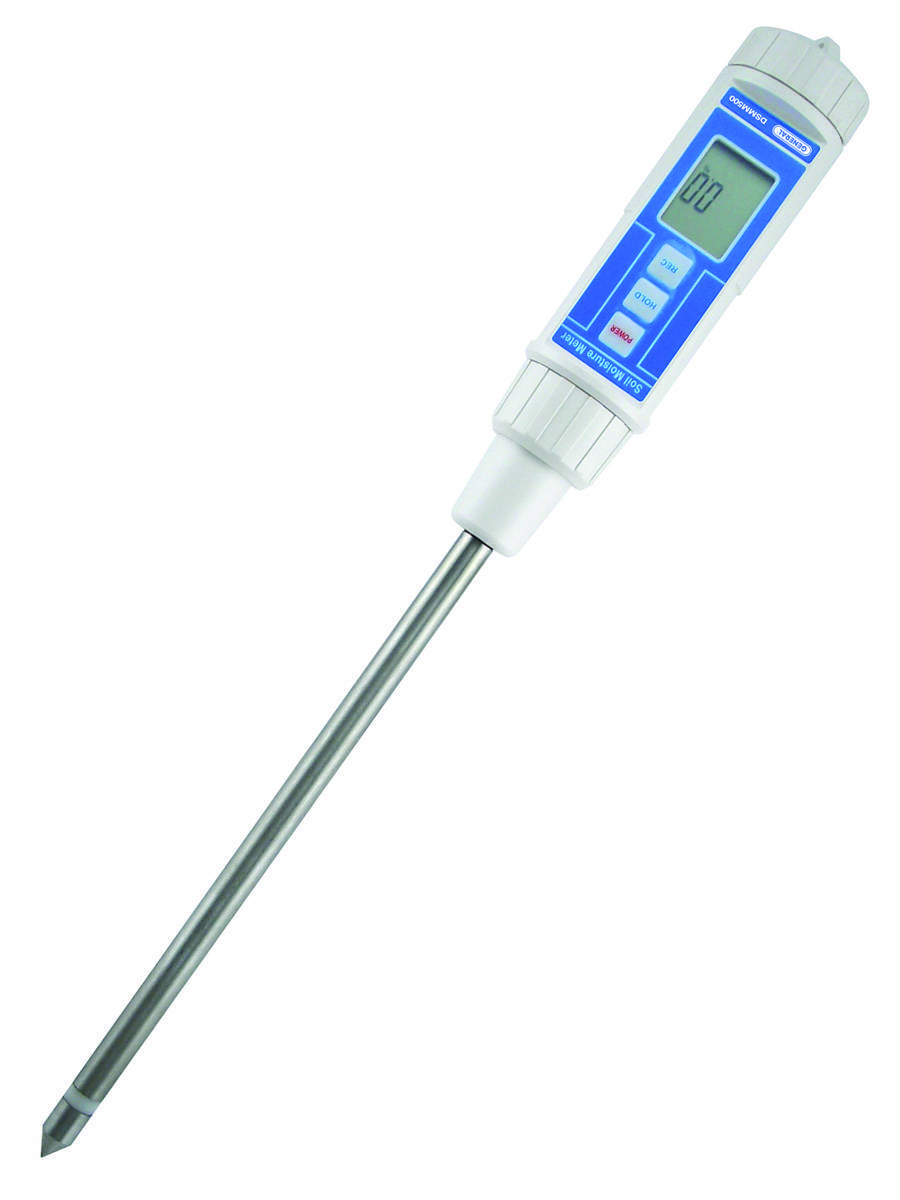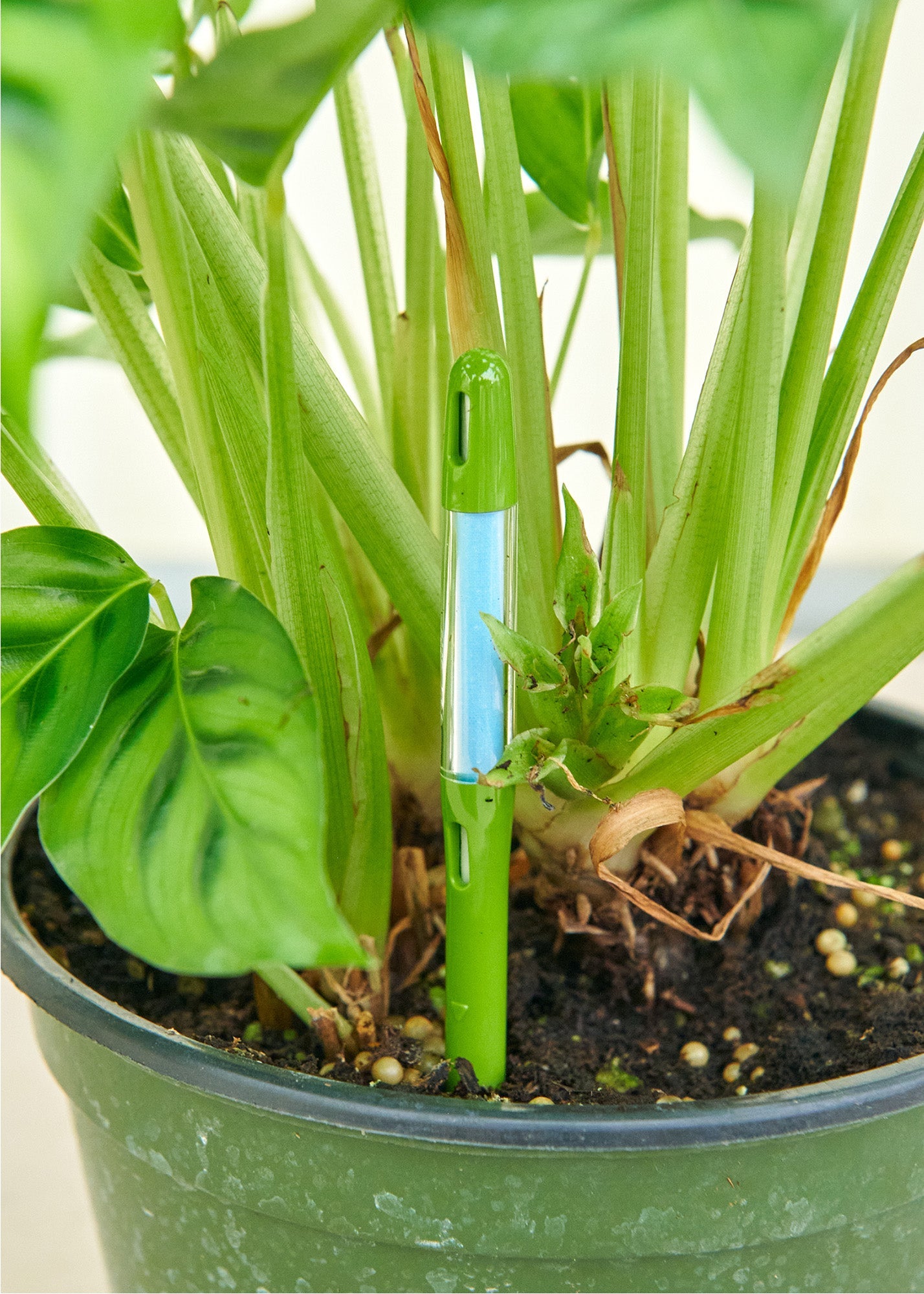The Ultimate Guide to Selecting the Right Moisture Meter for Your Requirements
The Ultimate Guide to Selecting the Right Moisture Meter for Your Requirements
Blog Article
The Ultimate Overview to Moisture Meters: A Comprehensive Introduction and Exactly How They Can Save You Money
In the world of building maintenance, building and construction, and numerous industries, the value of properly measuring dampness levels can not be overstated. Dampness meters act as vital tools in identifying and monitoring moisture web content in products, helping in stopping costly problems and guaranteeing the quality of items. Understanding the nuances of different kinds of wetness meters, their applications, and the potential cost-saving benefits they provide can be a game-changer for services and specialists alike. Discovering how these devices can not only simplify procedures but also add to monetary savings is a trip worth starting.
Sorts Of Moisture Meters
Different kinds of wetness meters are available for various applications in numerous sectors. One common kind is the pin-type moisture meter, which determines the electrical resistance in between two pins put into a product. This type is ideal for wood, drywall, and various other structure materials. Pinless moisture meters, on the various other hand, usage electromagnetic sensor plates to check a bigger area without causing damages to the product's surface. These meters are ideal for rapidly examining moisture degrees in big areas such as wall surfaces and floorings.
Moreover, there are also specialized wetness meters designed for particular materials like dirt, grain, or hay. These meters provide precise moisture analyses customized to the distinct residential or commercial properties of the material being checked. Infrared dampness meters gauge the thermal properties of a product to identify its wetness material non-invasively, making them valuable for applications where pin or pinless meters may not be suitable. Understanding the different sorts of moisture meters readily available can aid sectors pick one of the most proper tool for their particular moisture measurement demands.

Benefits of Making Use Of Moisture Meters

Moreover, making use of moisture meters can result in boosted energy effectiveness. By recognizing locations with high dampness levels, such as leaks or poor insulation, modifications can be made to enhance power preservation and lower energy prices. In farming setups, dampness meters play an essential function in enhancing crop yields by allowing farmers to keep an eye on dirt dampness degrees and make informed irrigation decisions. Generally, the advantages of making use of dampness meters span across different markets, offering economical remedies and promoting better quality assurance practices.
How to Pick the Right Moisture Meter
Picking the proper moisture meter involves thinking about vital aspects such as material compatibility, measurement array, and calibration accuracy. When picking a wetness meter, it's vital to guarantee that the meter is ideal for the certain material you will be screening. Different products have varying electric properties that can influence wetness analyses, so choosing a meter designed for your material is crucial for precise results. In addition, think about the dimension series of the dampness meter. Guarantee that the meter can spot dampness levels within the array required for your applications. Calibration accuracy is an additional important element to maintain in mind (Moisture Meter). Choose a dampness meter with trustworthy calibration to ensure consistent and specific analyses. Some meters may need routine calibration modifications, so recognizing the calibration process is vital. By thoroughly examining these factors, you can select a wetness meter that fulfills your needs and offers exact dampness measurements for your projects.
Appropriate Methods for Moisture Meter Use
To ensure accurate dampness analyses and take full advantage of the effectiveness of a dampness meter, utilizing correct strategies is crucial. When utilizing a pin-type moisture meter, place the pins or probes click here for info into the product being tested until they make complete get in touch with. By adhering to these appropriate strategies, individuals can count on their moisture meter to offer trustworthy wetness degrees, aiding in stopping pricey damage or making sure quality in numerous applications.

Cost Financial Savings With Moisture Meter Applications
Just how can the calculated utilization of wetness meters lead to considerable cost savings throughout various markets? Dampness meters play a vital role in expense financial savings by avoiding possible damage and guaranteeing top quality control in different industries. In the farming industry, wetness meters help in determining the ideal time for gathering plants, preventing excess or over-drying dampness that can impact the final item's top quality. This precise monitoring assists farmers prevent unneeded losses and optimize their yield.

Additionally, in the food processing sector, wetness meters are essential for keeping track of product quality and ensuring conformity with security policies. By precisely determining dampness material in food, manufacturers can stop putridity, maintain freshness, and reduce waste, causing substantial price financial savings. Generally, the calculated application of wetness meters is an important investment that can bring about significant price decreases and enhanced efficiency throughout numerous markets.
Conclusion
To conclude, dampness meters are beneficial devices for measuring and identifying wetness levels in numerous materials. By utilizing the appropriate wetness meter and following appropriate techniques, customers can successfully prevent pricey problems triggered by excess moisture. Purchasing a quality moisture meter can lead to substantial price savings in the long run by determining prospective issues early and enabling timely remediation. Eventually, moisture meters are necessary instruments for preserving the integrity and durability of frameworks and materials.
Dampness meters serve as vital devices in spotting and checking moisture web content in materials, aiding in stopping pricey problems site and ensuring the high quality of products. Infrared wetness meters determine the thermal residential or commercial properties of a product to identify its dampness web content non-invasively, making them useful for applications where pin or pinless meters may not be suitable.Moisture i loved this meters provide indispensable benefits in precisely examining and checking moisture degrees in varied products and atmospheres. In agricultural settings, moisture meters play an important function in enhancing crop yields by enabling farmers to monitor dirt dampness degrees and make notified irrigation decisions.In conclusion, dampness meters are beneficial devices for determining and spotting moisture degrees in numerous materials.
Report this page